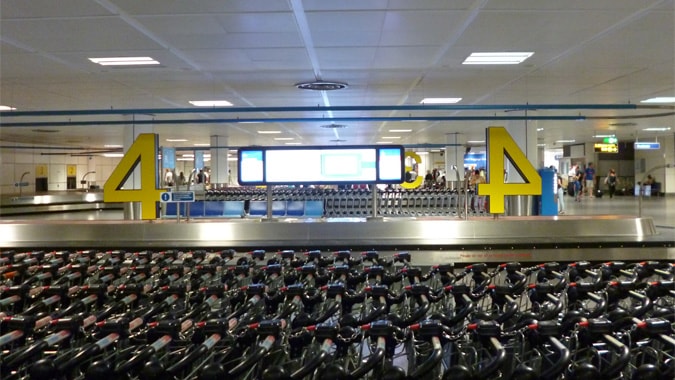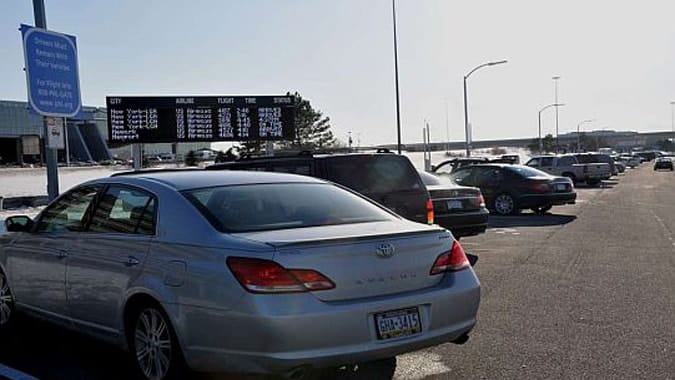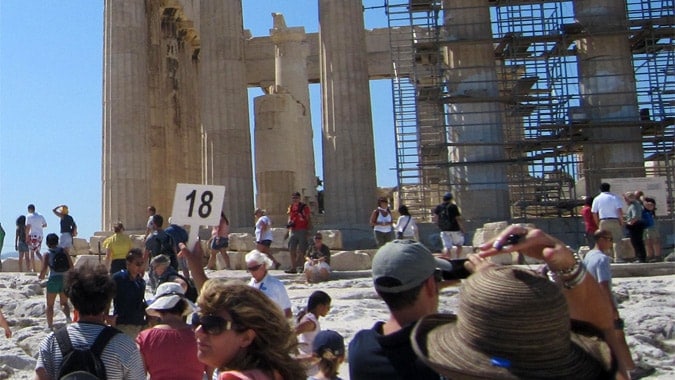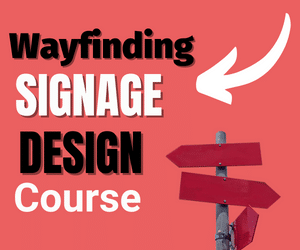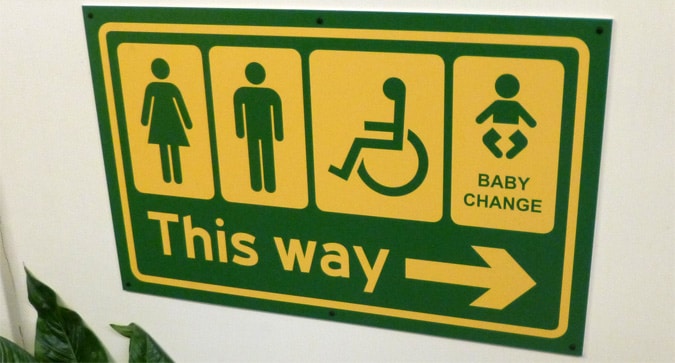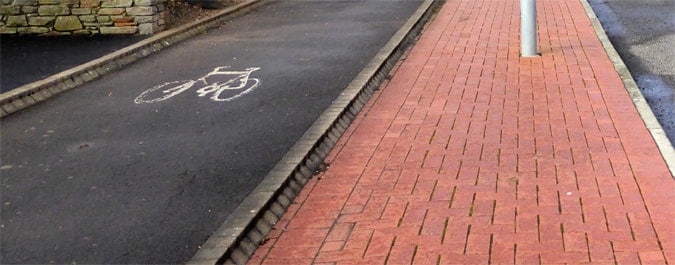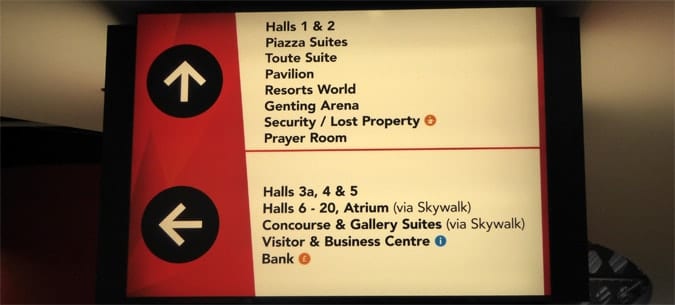Last Updated on June 12, 2023
In this post, a look at how wayfinding can be used to improve commercial opportunities in airports.
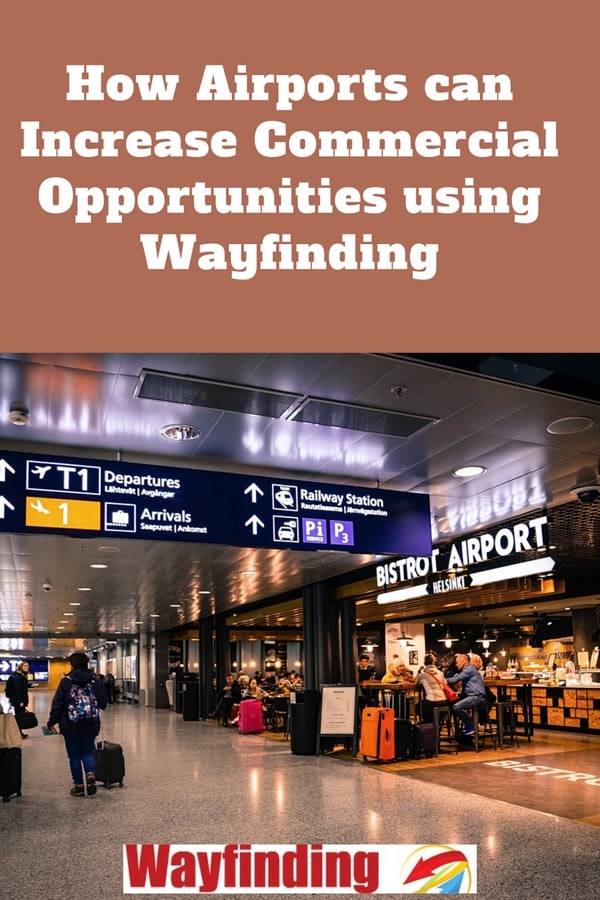
Table of Contents
Navigating An Airport as a User
As travellers arrive, move and navigate through an airport, the effectiveness or not of the wayfinding system can play a vital role in the travellers’ mood, temperament and also inadvertently, spending behaviour.
Entering an airport without any clue where they are going, travellers can find themselves confused, frustrated and stressed and this is counter-productive to you as an airport, for three key reasons.
1. The traveller ends up having less time to spend money in the airport shops, eateries and other commercial facilities in the terminals. The business traveller who spends all of the allotted time to find the connecting gate, will have little time for spending.
2. Travellers who are stressed are known to be less susceptible to spending behaviour because of their mood. A passenger who has already had difficulty finding their way around one part of the airport is far less likely to choose to explore other areas of the airport, such as the shops.
3. Passengers are much more likely to return to a given airport if their previous experience/s were positive and perceived as a good experience. Future commercial opportunities are directly correlated to the user experience.
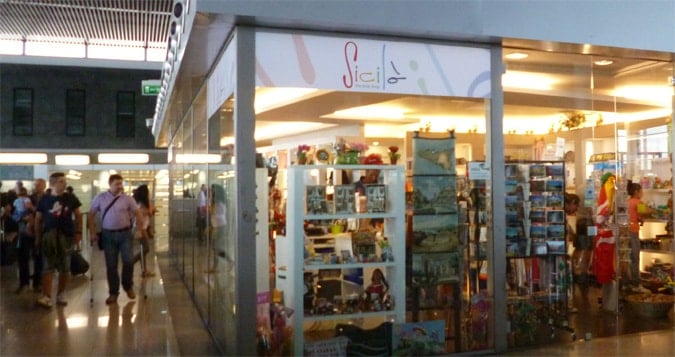
An airport which is perceived as badly organised, confusing to navigate or generally provides a poor customer experience, is likely to fail to act to aid the commercial viability which is important to you.
Commercial Viability
One of the first questions airport managers ask me when I talk with them at conferences and other trade shows, is how the wayfinding process can aid the commercial viability of an airport.
The general consensus is that airport owners and managers are interested in wayfinding and improving travellers’ users’ experience, but they need to know and understand how it can aid the commercial running of the airport.
The idea of creating a positive experience for users and making it an airport the user wants to return to is well understood.
After the availability of routes and the geographical location of an airport, the likeability of the airport is one of the next major factors in using it and choosing to fly in or out of a particular airport.
Travellers with some form of disability (this can account for up to 15% of all travellers) are known to be disproportionately loyal customers (Small et al, 2012) to travel service providers who satisfy their requirements!
Gaining in economic terms from any wayfinding implementation needs to be seen as a long-term goal, rather than a short-term goal.
Measuring Wayfinding Effectiveness
In terms of measurable goals and targets, there are a number of ways to try and evaluate the effects of any wayfinding implementation.
Two such ways are by measuring
- retail income and
- customer satisfaction feedback. These are only two forms of measurement but to give an example of trying to create ways of measuring goals versus any capital expenditure of wayfinding, let me discuss these two goals.
Steering Behaviour and Dwell Time
Steering behaviour and layout of an airport are very important if wayfinding is to take on a commercial flavour.
Do you have the right mix of stores, are they located correctly, are the passengers able to find them, do the passengers have enough dwell time?
Ensuring that a user has enough available ‘Dwell Time’ i.e. enough time to relax and enjoy the chance to shop, is affected by considerations such as check-in but also the person’s ability to get around the airport and to make connections.
Customer Satisfaction
Customer satisfaction is essential in the long term for an airport, with each airport looking to distinguish itself and to be the source of repeat passengers.
An airport that is designed to move people in such a way that it offers the greatest possible opportunity to generate sales for its vendors, but also provides a positive experience, can benefit both in the short and long term.
Solutions for Understanding Commercial Opportunities
Using an external wayfinding auditor can provide you with an independent perspective on how your location is perceived.
Staff who work in the facility become so familiar with the location in question, that an understanding of how this place is perceived by the users (travellers) can be completely misunderstood.
Problems can include over-signage, decision points in the wrong places, a lack of connectivity between different parts of the airport, signage which is open to misinterpretation.
There is, we often find, also a lack of wayfinding implementation for disabled travellers, service providers such as limousine drivers, also for staff.
Further Information
- Need an airport audit?
- Small et al (2012) – The Embodied Tourist Experiences of People with Vision Impairment: m Management 33, No: 4.

Dr Paul Symonds has a PhD in Wayfinding from Cardiff Metropolitan University in the UK. Paul works with the signage industry, airports and other locations providing wayfinding audits, consultancy and training.

